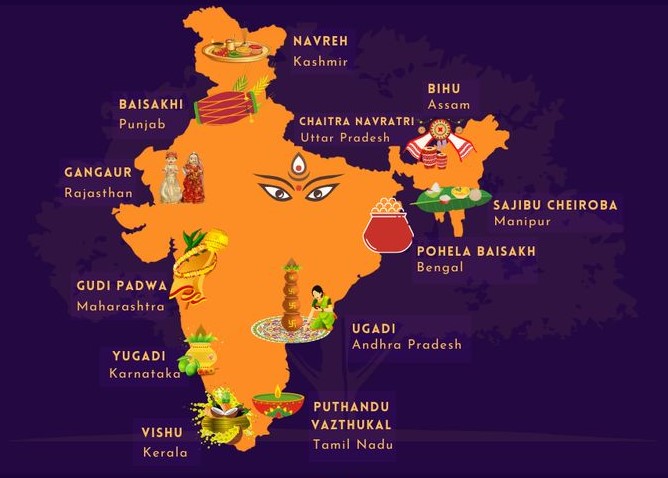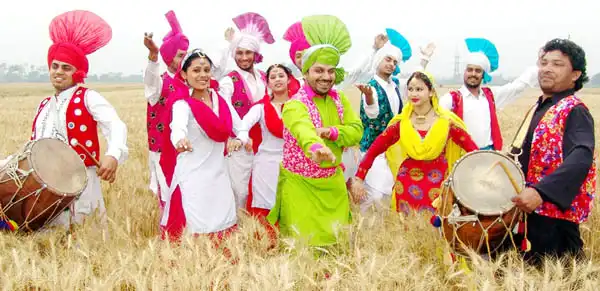Every year, in the beautiful month of April, people across India celebrate a vibrant festival known as Baisakhi. Baisakhi, also spelt as Vaisakhi, holds great significance for various communities, especially in the northern region of India. This joyous occasion marks the beginning of the harvest season, symbolising new beginnings, prosperity, and hope. Let’s dive into the colourful world of Baisakhi and explore its traditions, customs, and significance.

The Origins of Baisakhi:
Baisakhi is deeply rooted in history and holds religious importance for different communities. For Sikhs, Baisakhi holds profound significance as it marks the formation of the Khalsa Panth, a community of initiated Sikhs by Guru Gobind Singh Ji in 1699. On this day, Guru Gobind Singh Ji gathered Sikhs from all over and baptised them, establishing the Khalsa order to uphold righteousness and protect the oppressed.

For Hindus, Baisakhi holds significance as the beginning of the traditional solar New Year and is celebrated as Vishu in Kerala, Puthandu in Tamil Nadu, and Bohag Bihu in Assam. In Punjab, Baisakhi also coincides with the harvest festival, where farmers thank the gods for a bountiful harvest and pray for prosperity in the upcoming year.

Celebrating Baisakhi:
Baisakhi is celebrated with immense fervour and enthusiasm, with people coming together to rejoice in the spirit of community and festivity. The day begins with devotees visiting gurdwaras (Sikh temples) to offer prayers and seek blessings. Special kirtans (devotional songs) are sung, and the Guru Granth Sahib (the holy scripture of Sikhism) is read aloud to commemorate the teachings of the Sikh Gurus.

Colourful processions known as Nagar Kirtans are taken out in various cities and towns, where Sikhs display their martial arts skills, perform traditional dances, and distribute sweets and langar (community meals) to all, regardless of caste, creed, or religion. The atmosphere is filled with joyous chants of “Waheguru Ji Ka Khalsa, Waheguru Ji Ki Fateh” (The Khalsa belongs to God, Victory belongs to God).

In rural areas, farmers celebrate Baisakhi by performing traditional folk dances like Bhangra and Gidda, wearing vibrant attire, and participating in fairs and cultural events. The air resonates with the beats of the dhol (drum), and people indulge in delicious traditional delicacies like makki di roti and sarson da saag (cornbread with mustard greens) and sweet treats like jalebi and ladoo.

Significance of Baisakhi:
Baisakhi holds a deeper significance beyond a harvest festival or a historical event. It symbolises the spirit of unity, brotherhood, and resilience. It reminds us of the importance of community, sharing, and standing up for what is right.
In today’s world, Baisakhi serves as a reminder to embrace diversity and celebrate our differences. It teaches us to strive for equality, justice, and peace, just as Guru Gobind Singh Ji envisioned for humanity.

As we celebrate Baisakhi each year, let us reflect on its timeless message of hope, growth, and new beginnings. Let us come together as one big family, irrespective of our backgrounds, and spread love, joy, and positivity in the world.
In Conclusion:
Baisakhi is not just a festival; it’s a celebration of life, a reminder of our shared humanity, and a beacon of hope for a brighter tomorrow. As we dance to the rhythm of the dhol and savour the flavours of traditional delicacies, let us cherish the bonds of friendship, the warmth of community, and the richness of our cultural heritage.
Happy Baisakhi to one and all!
For more interesting articles, please visit www.kidzherald.com





